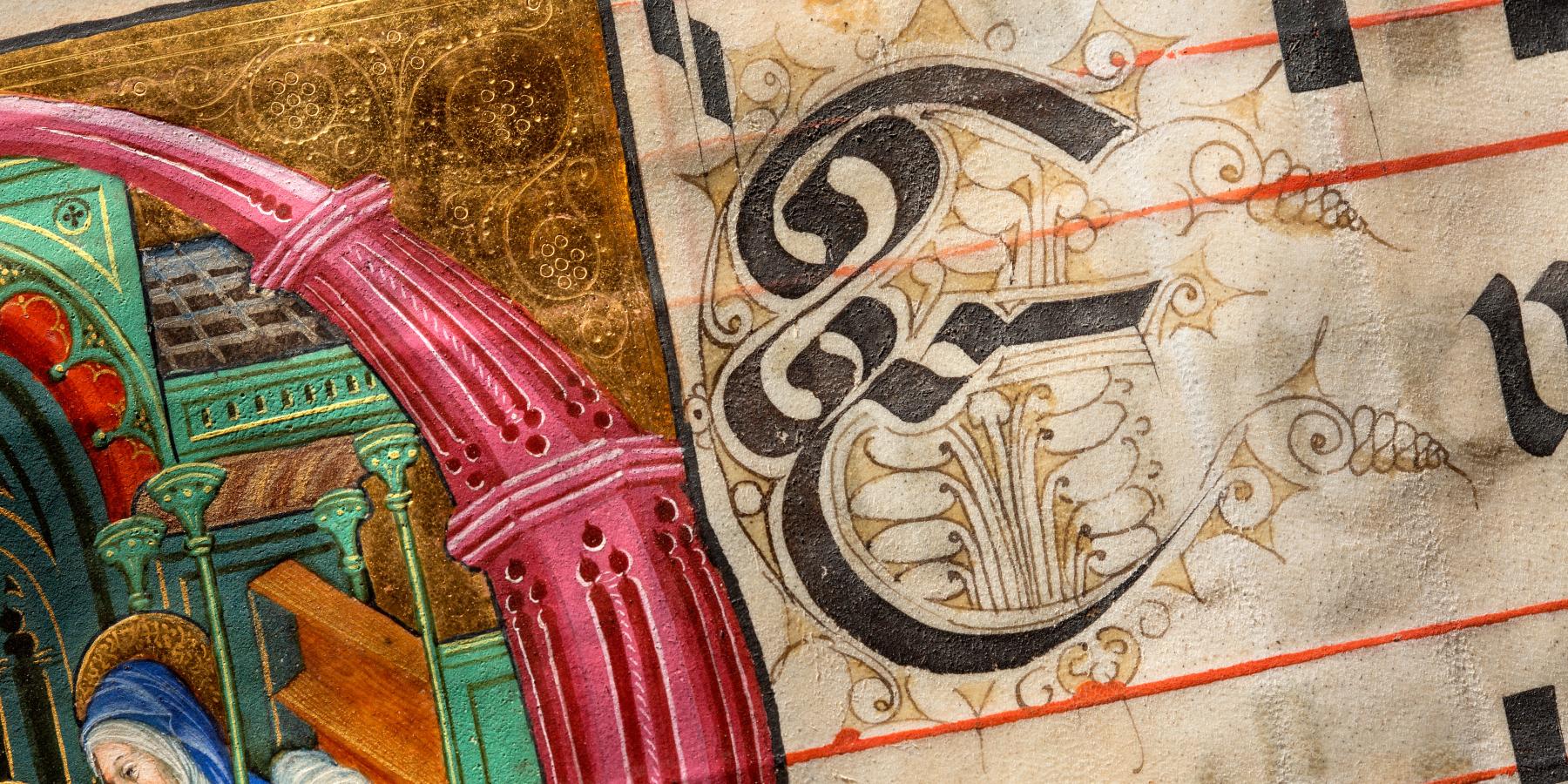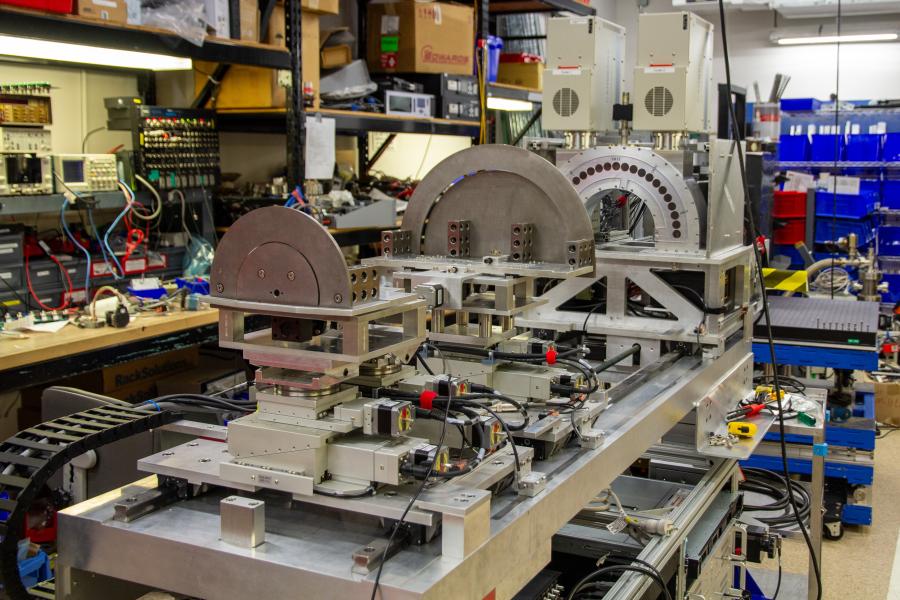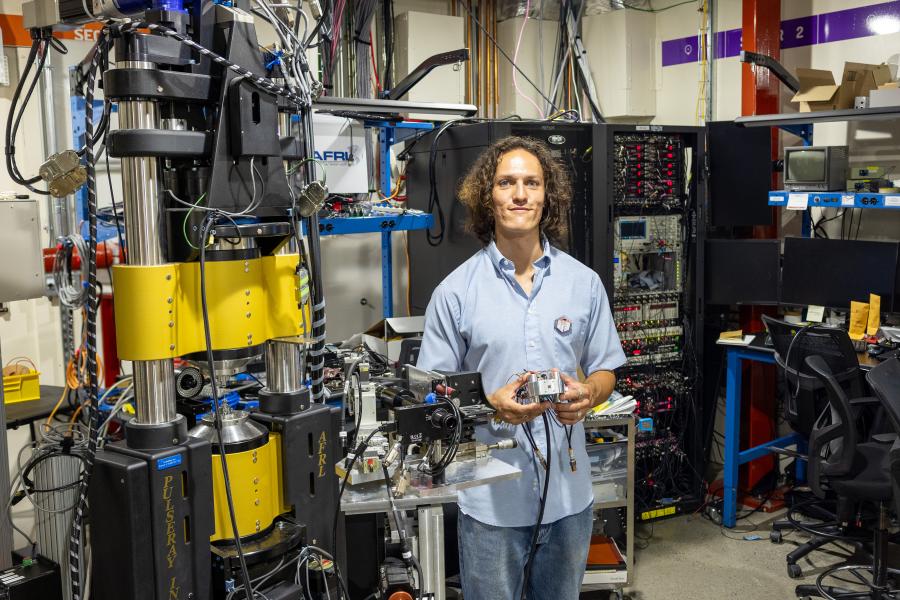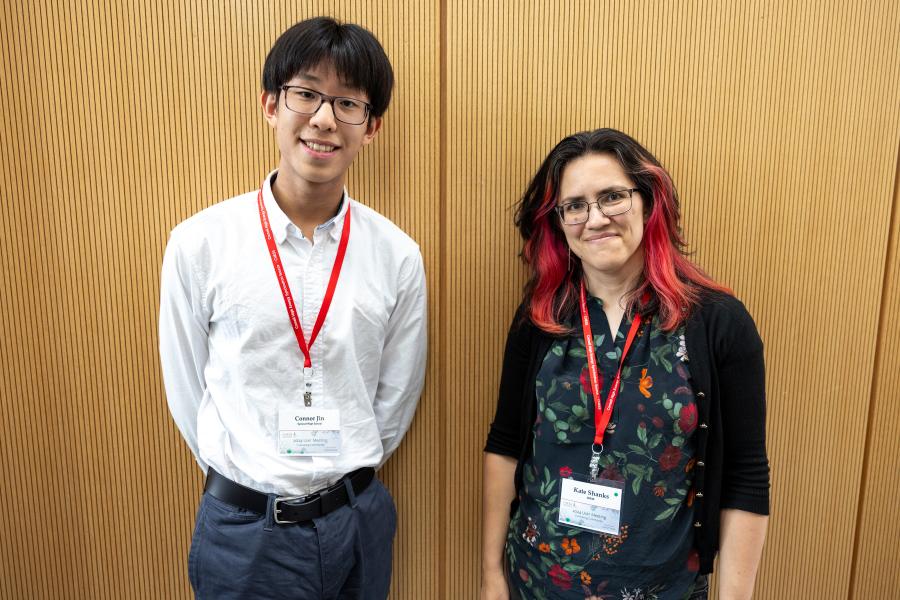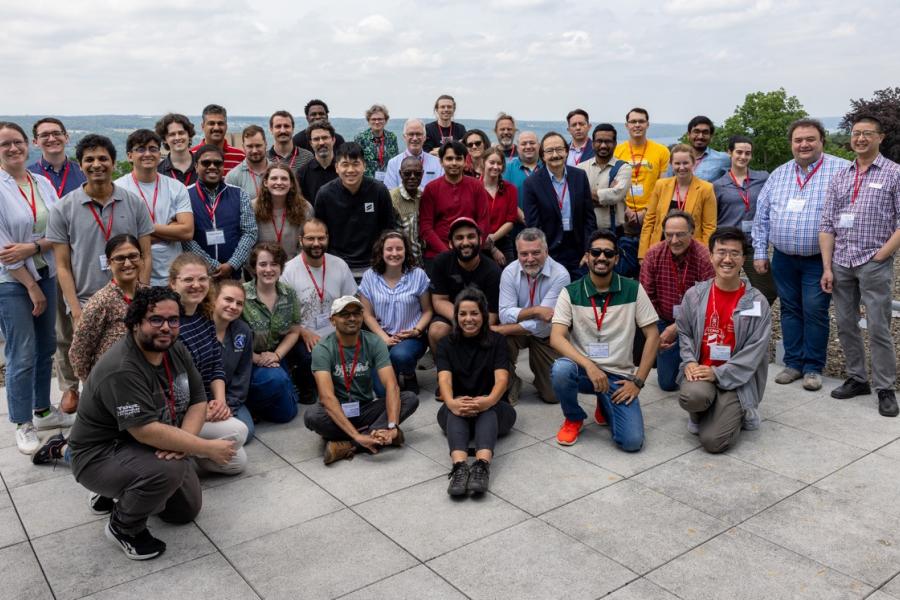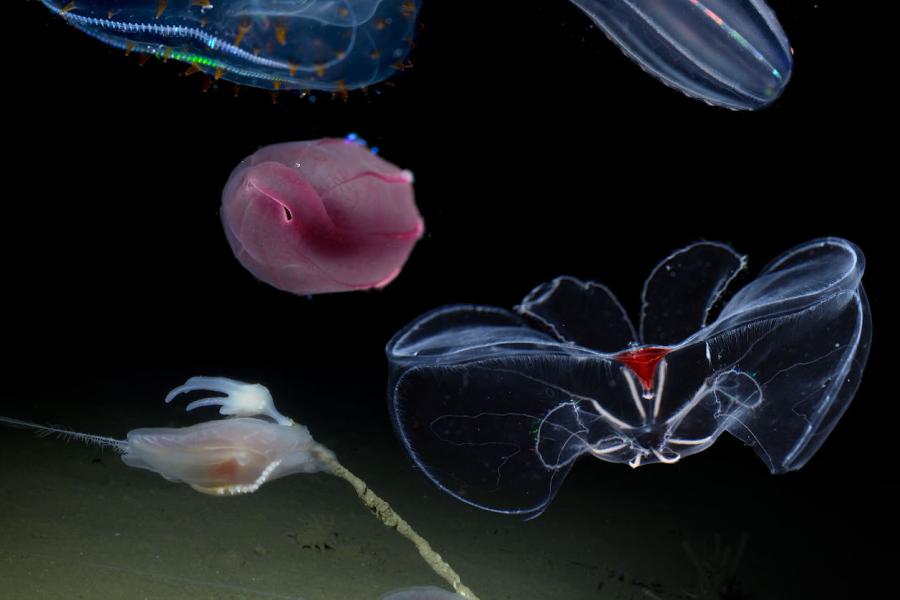Sidebar Menu (View Pages)
- Status
- ⌃ Science
- ⌃ Users
- ⌃ Facilities
- ⌃ Public
- Industry
- ⌃ About
Tags
Featured
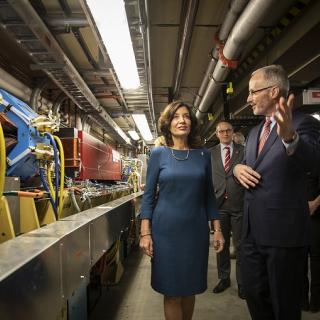
Crews Finish $15M in Upgrades at Scientific-Research Facility, CHESS
ITHACA, N.Y. — Construction crews have completed “significant upgrades” totaling $15 million at the Cornell High Energy Synchrotron Source, or CHESS, a scientific-research facility in Ithaca
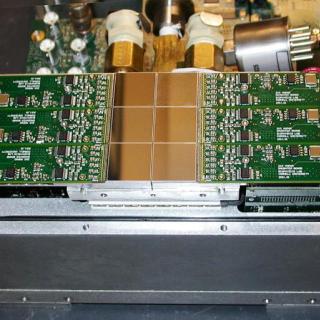
Intermittent plasticity in individual grains: A study using high energy x-ray diffraction
Understanding the behavior of metals undergoing deformation is critical to design for fuel efficiency, performance and safety/crashworthiness. Traditional engineering analysis treats metal deformation as a smooth motion, like a fluid, when in reality the flow is intermittent at finer length scales. Use of a new detector enabled the study of these intermittent bursts of deformation at the scale of individual crystals in a loaded test sample.
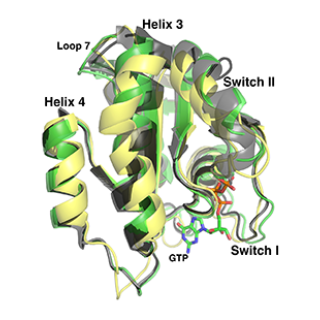
Predicting X-ray solution scattering from flexible macromolecules
Proteins are molecular machines that participate in the vast majority of activities that occur in any living system. To carry out their functions, they undergo dynamic changes in structure and shape and interact with other molecular systems. Characterizing these intramolecular motions provides insight into the molecular basis of protein function and, in turn, can result in a deeper understanding of a vast range of physiological functions.
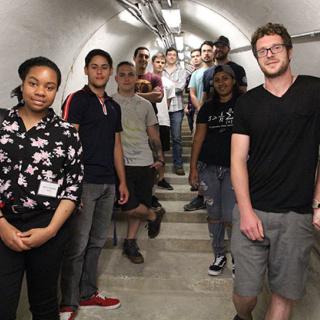
Now Accepting Applications for SERCCS Program
Application deadline for Summer 2019 is February 15, 2019.
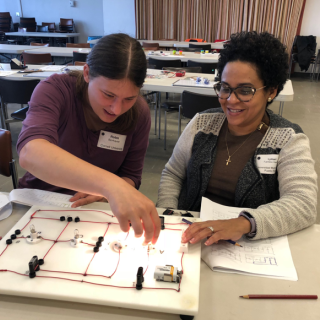
Workshop on electric circuits spreads a current of enthusiasm from NYS to Puerto Rico
On a cold Saturday morning on October 13, things were heating up in the 7thfloor of Clark Hall. A small group of teachers from all over New York State along with a representative from Puerto Rico, gathered in the Bethe auditorium to learn how to teach electric circuits following the New York State Science Learning Standards. And had a great time while at it!
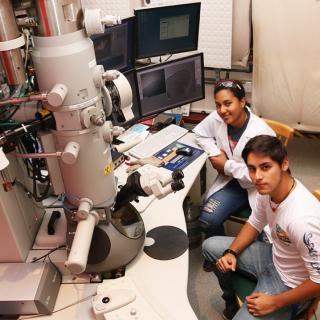
Hispanic-serving institutions partner with CHESS
Héctor D. Abruña, the Emile M. Chamot Professor in the Department of Chemistry and Chemical Biology, has been working to promote underrepresented minorities in the sciences at Cornell for more than 30 years.
His efforts and hard work are coming to fruition in the form of grant funding from the National Science Foundation, which will help students from his native Puerto Rico access the experimental resources and expertise available to them at the Cornell High Energy Synchrotron Source (CHESS).
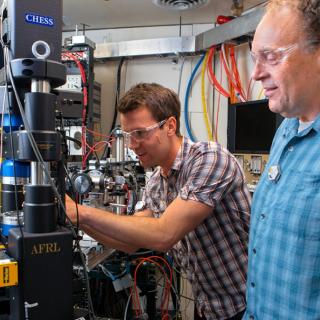
Defense spending bill extends Air Force research partnership with CHESS
For the past 10 years, the U.S. Air Force has funded research on high-performance materials at the Cornell High Energy Synchrotron Source (CHESS). The partnership has resulted in numerous advances, including a greater understanding of metal fatigue and analysis of the best metals for aircraft. This partnership was extended with $8 million in funding to CHESS as part of the fiscal year 2019 defense appropriations bill, a $674.4 billion package that President Donald Trump signed into law Oct. 1. The bill passed both the U.S. Senate – supported by New York Sens. Charles Schumer, who is Senate minority leader, and Kirsten Gillibrand – and the U.S. House of Representatives late last month.
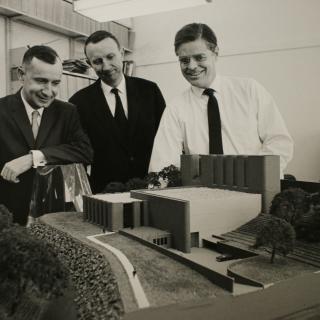
50 years Later, Wilson Lab stays cutting edge
This October marks the 50th anniversary of the dedication of the Wilson Synchrotron Laboratory. Initially built for $11million and promising to deliver cutting-edge research in elementary particle physics, it was the NSF’s largest project at that time. Fifty years later, the lab is going through its biggest upgrade in decades.
